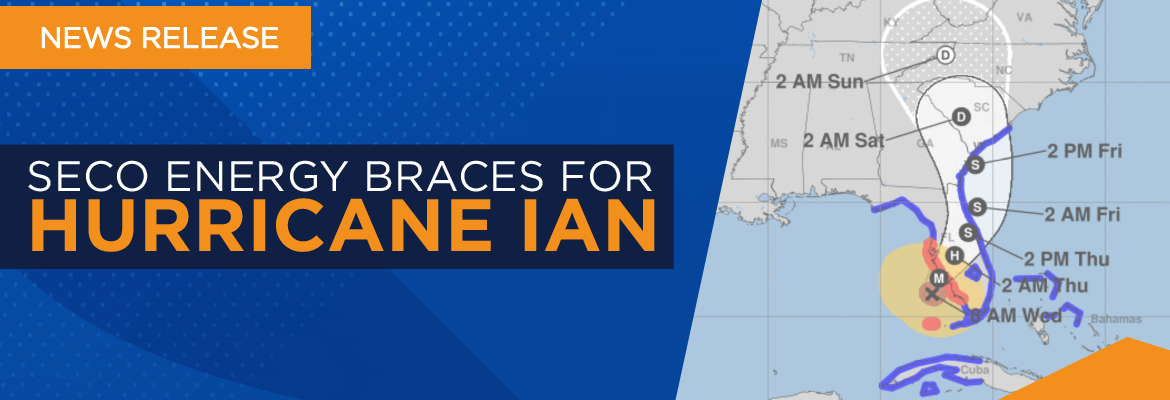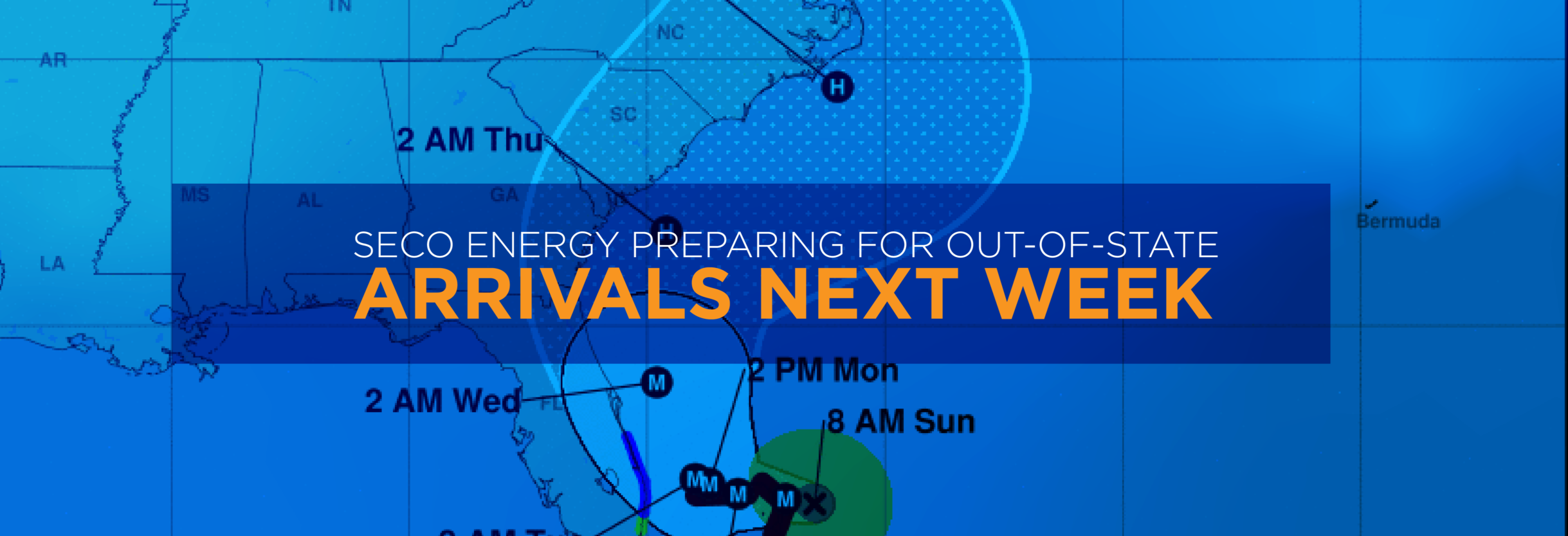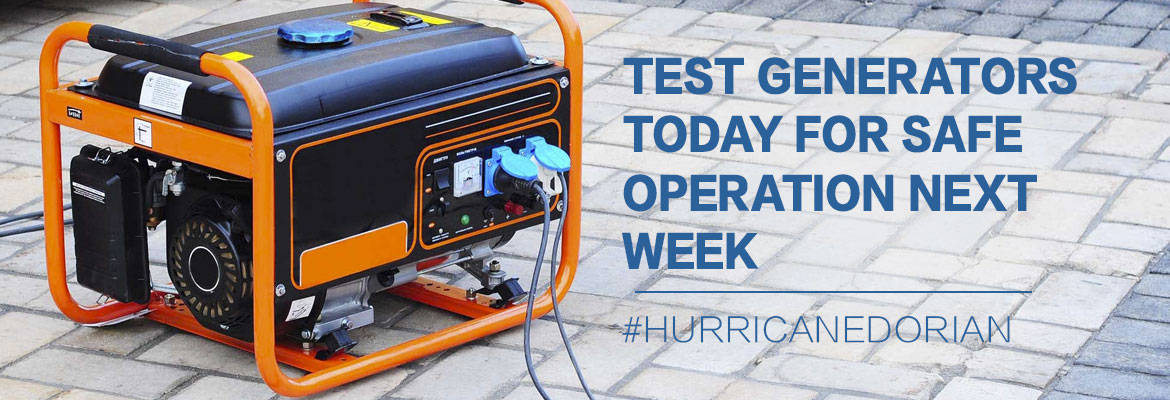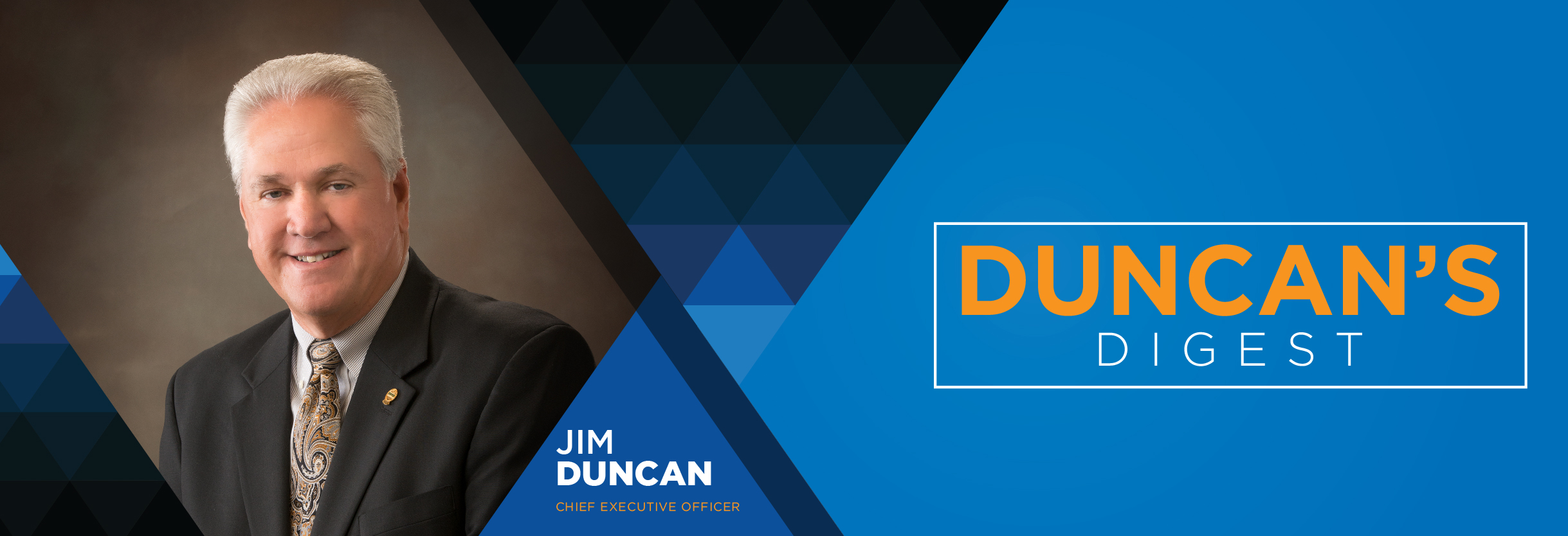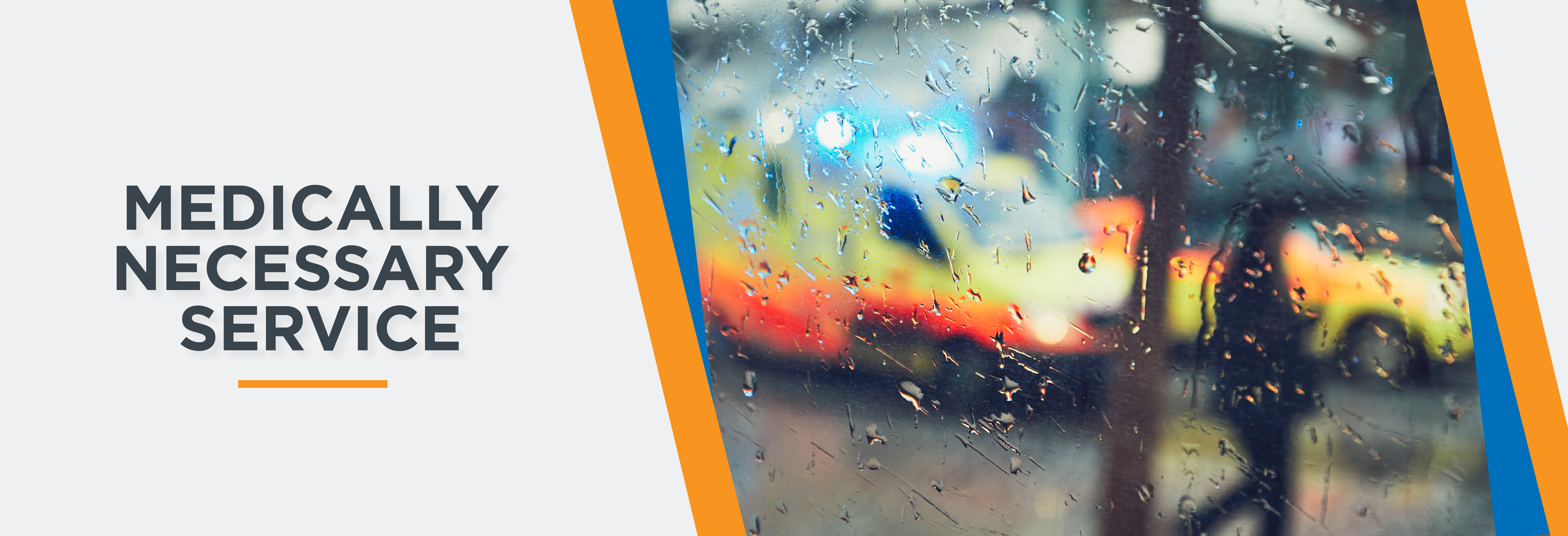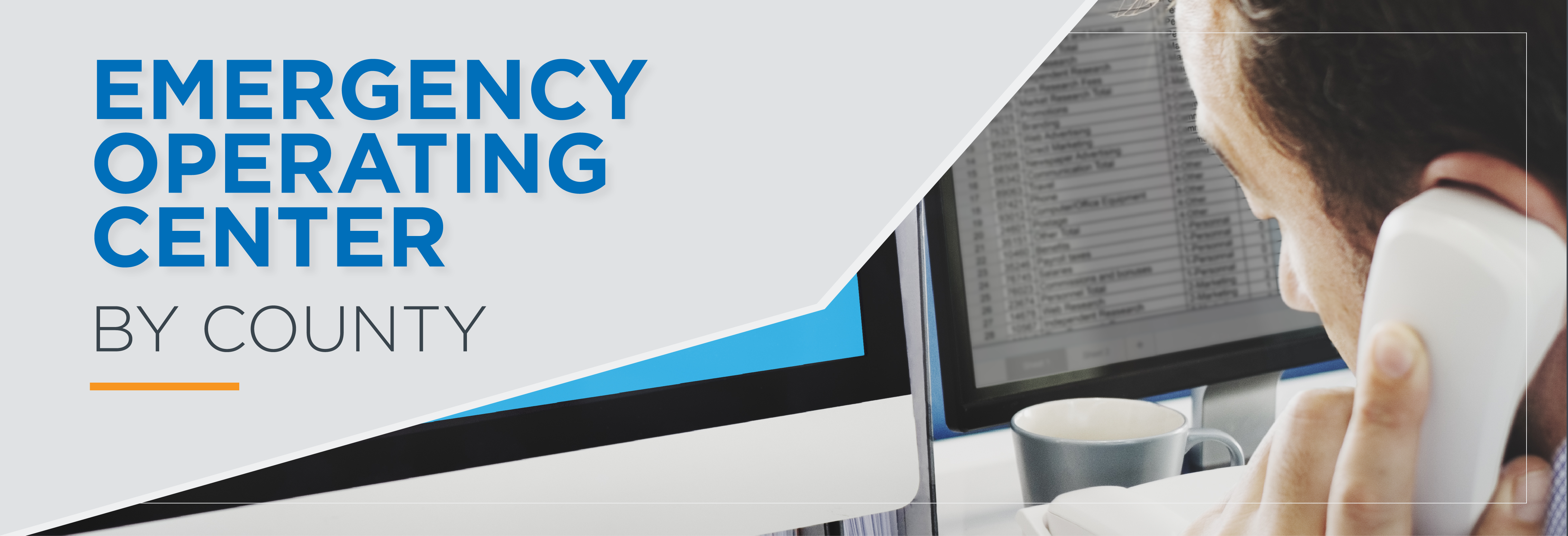SECO Energy Braces for Hurricane Ian
SECO Energy is bracing for the heavy rains and winds pummeling its service territory when Hurricane Ian crosses Central Florida later Wednesday and Thursday. Currently, Hurricane Ian is a major Category 4 hurricane with maximum wind speeds of 155 mph – just 2 mph shy of being a Category 5 hurricane.
Hurricane Ian is situated in the Gulf of Mexico about 60 miles west of Naples. Based on the National Hurricane Center (NHC) forecast, the storm could lose strength before it makes landfall in the Charlotte Harbor area on the west coast of Florida Wednesday. As of 8 a.m. Wednesday, the hurricane is slowly moving north northeast at 10 mph.
The latest track for Hurricane Ian has shifted slightly south. Residents along Florida’s west coast have been urged to evacuate the area. NHC forecasts heavy rains and flooding across Central and North Florida through Thursday. Hurricane Ian’s path is dangerously close to SECO Energy’s service area. Members will begin to experience gusty winds and large amounts of rain Wednesday afternoon as Ian closes in. Ian could potentially stall over Central Florida and dump rain through Friday. SECO members should prepare for extended power outages due to this major hurricane. SECO’s service territory will experience large amounts of rain, heavy winds, and the possibility of tornadoes and flash floods.
CEO Curtis Wynn stresses caution during Hurricane Ian’s impact. Wynn stated, “Hurricane Ian is an extremely large, dangerous hurricane that may devastate SECO Energy’s service area. I urge members to be prepared for heavy rains and high wind speeds. Be cautious, don’t approach downed power lines, stay informed about Hurricane Ian’s track, and prepare to hunker down at home or at a local shelter if needed. The potential for tornadoes after a hurricane is high.”
SECO Energy has closed its five Member Service Centers for the duration of Hurricane Ian so that all employees can focus on restoration efforts. SECO’s Emergency Restoration Plan determines the system’s restoration priority of each affected feeder. Essential services such as hospitals, shelters, schools and government agencies are the highest priority. Line repairs that will restore power to large groups of members are next, feeders that serve large commercial services and then individual electric services in less populated areas.
Florida Governor Ron DeSantis declared a State of Emergency for all 67 Florida counties on Sunday, September 25. County Emergency Operations Centers (EOCs) in Central Florida are monitoring Hurricane Ian’s impact. Schools have closed across Central Florida and shelters are opening. For a list of shelters including general, pet-friendly and special-needs visit FloridaDisaster.org. SECO members who require continuous electric service to power life-sustaining medical equipment should have a backup power source or relocate to a shelter. Once SECO Energy enacts its Emergency Response Plan and after Hurricane Ian passes through SECO’s area, members should visit the cooperative’s Daily Restoration Plan Map to identify if crews are working in their area that day.
StormCenter is SECO Energy’s outage and communications platform for members to report outages, check the status of an existing outage and enroll in outage communications and alerts via email, text, voice or all three. Visit StormCenter today and bookmark on your smartphone or tablet to report outages quickly and easily.
Major weather events can cause extended power outages. SECO Energy reminds members to follow safety protocols when using a generator during a power outage. Generators emit deadly carbon monoxide (CO) that is odorless and colorless. Thousands of people die each year from CO poisoning. Never operate a generator in an enclosed space, including a garage. Always place the generator at least 15 to 20 feet away from your home and never near open windows.
Before operating a generator, thoroughly read and review the owner’s manual. Never plug a generator directly into an electrical outlet. This current flow is deadly for utility personnel. Keep children away from an operating generator and store fuel in approved containers. Do not smoke while fueling a generator. Always operate a generator in a dry space. If it is raining, use a canopy or cover. SECO Energy’s Hurricane Handbook includes generator safety tips and how to prepare for before, during and after a storm.
“Like” SECO Energy on Facebook and follow @SECOEnergy on Twitter for prize drawings, news releases, and severe weather alerts affecting SECO Energy’s service territory. Manage your outage notification preferences at StormCenter. To see when SECO Energy crews/contractors are working in your area, visit our new System Improvement map. To learn more about SECO Energy as a not-for-profit cooperative, visit SECOEnergy.com > Your Co-op > About.




